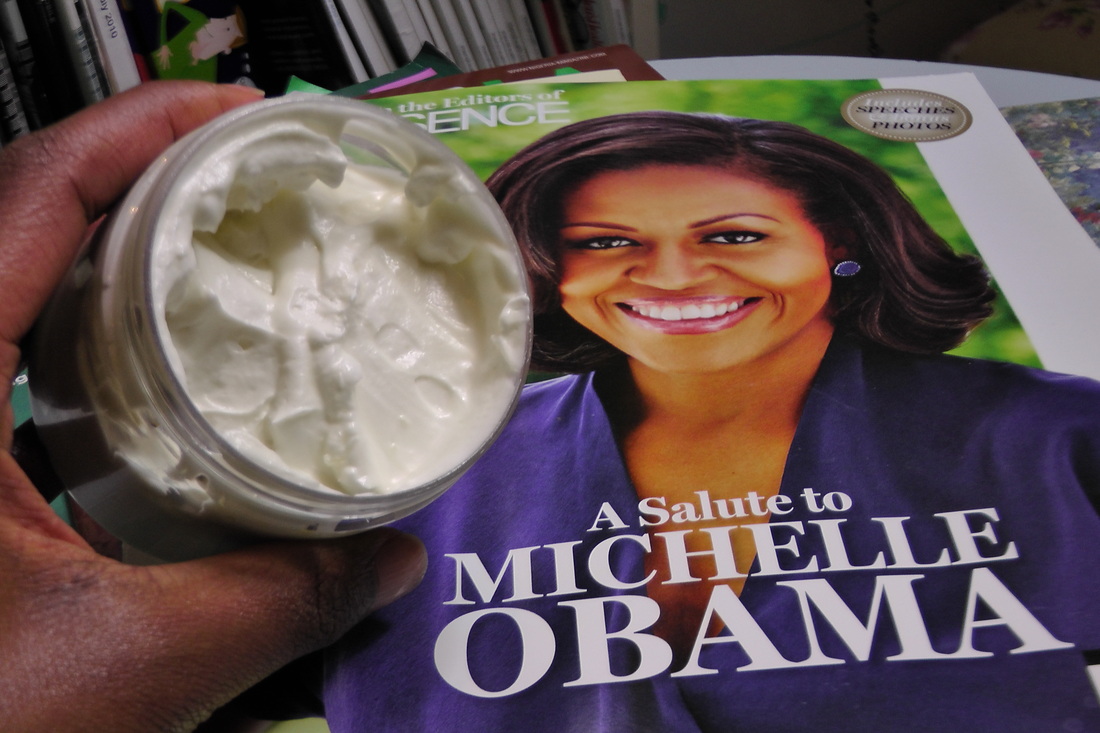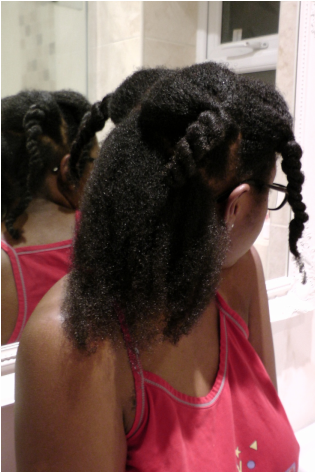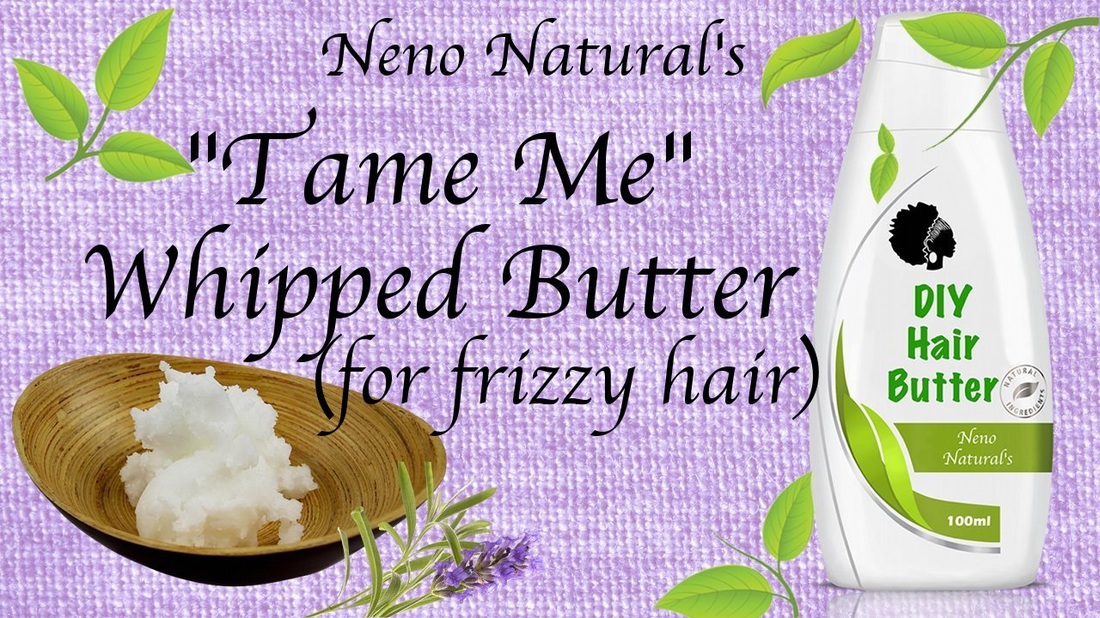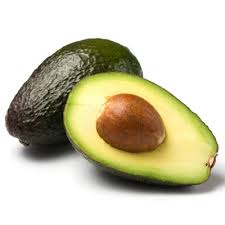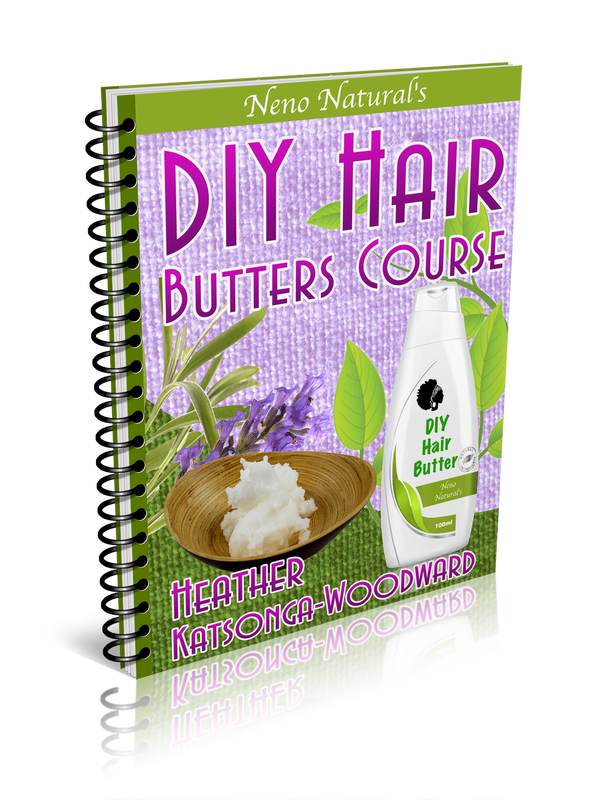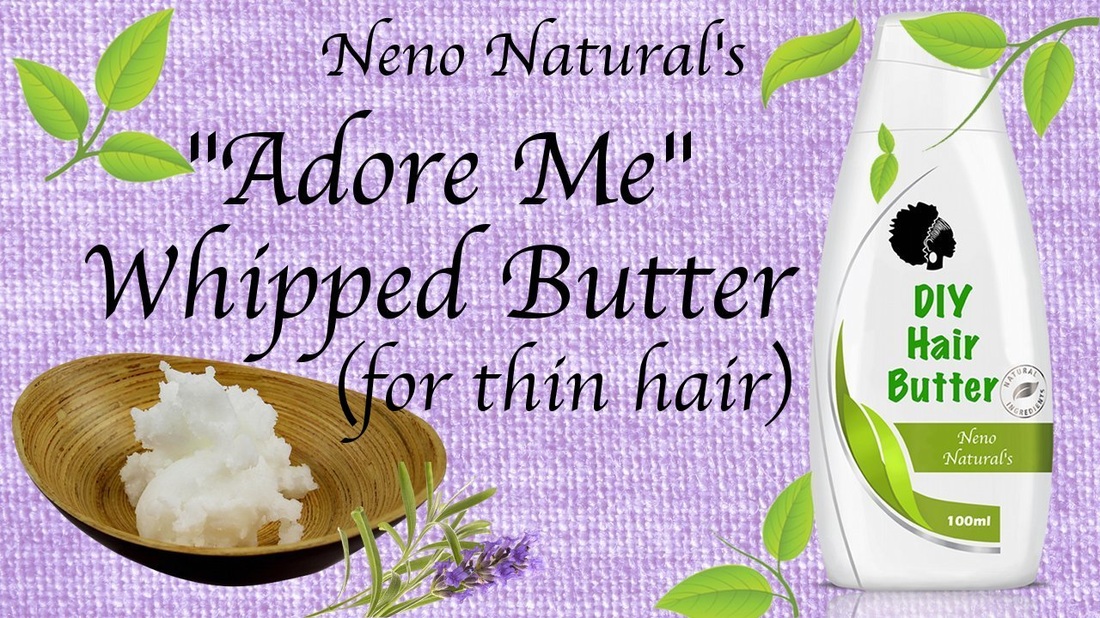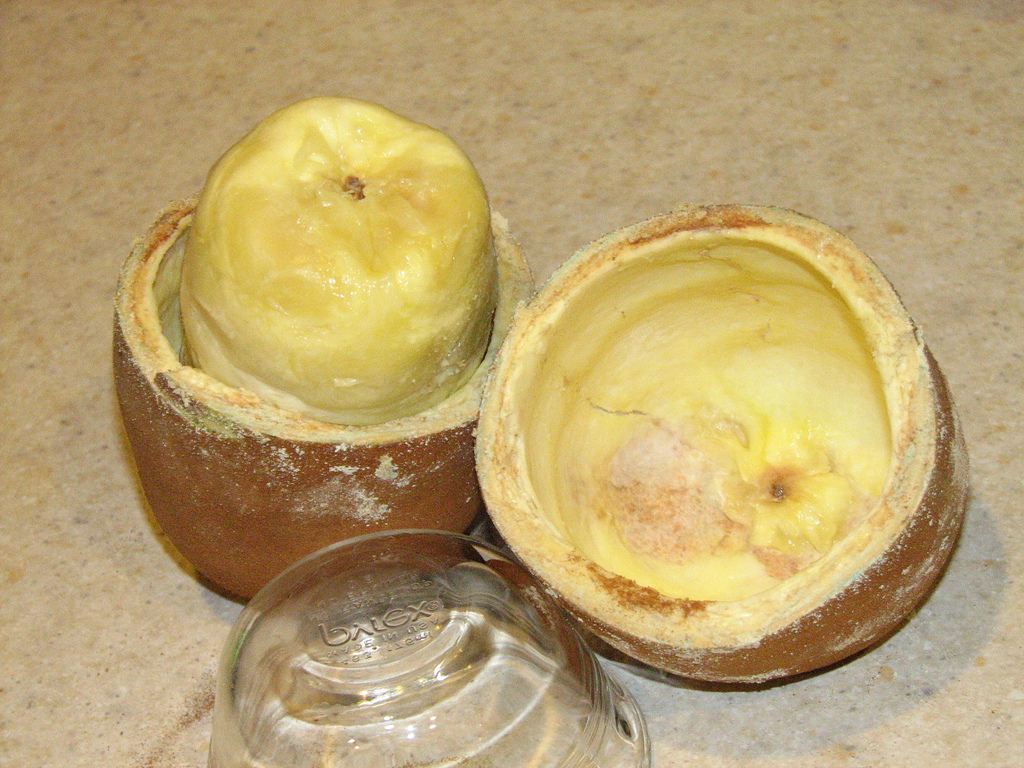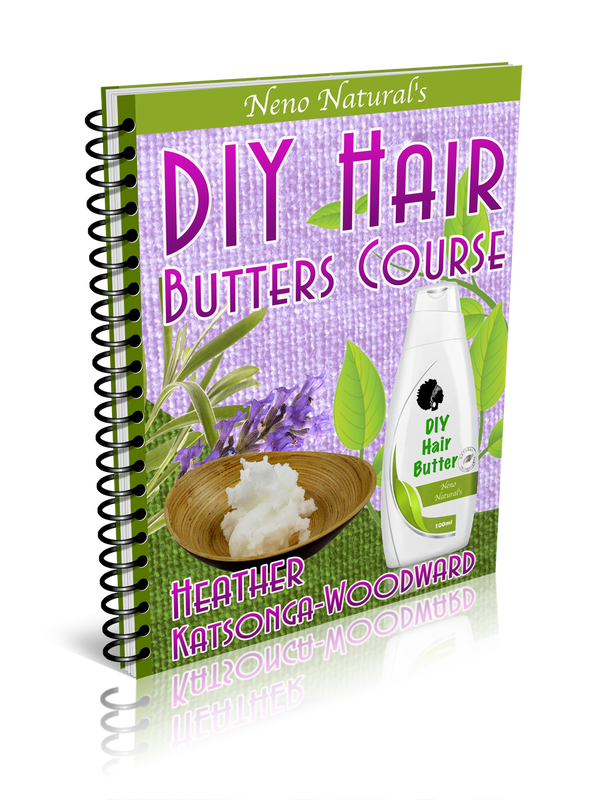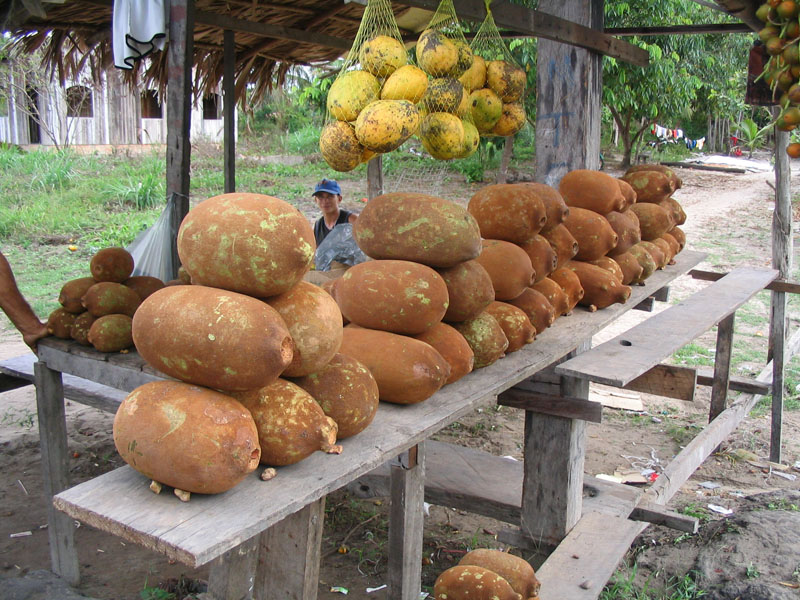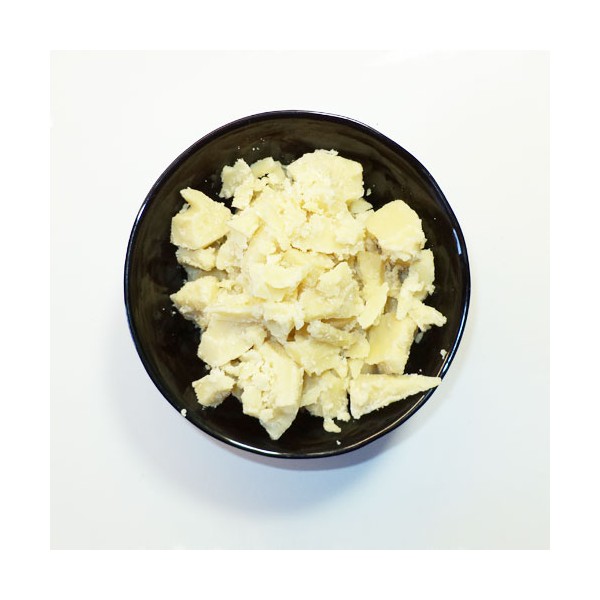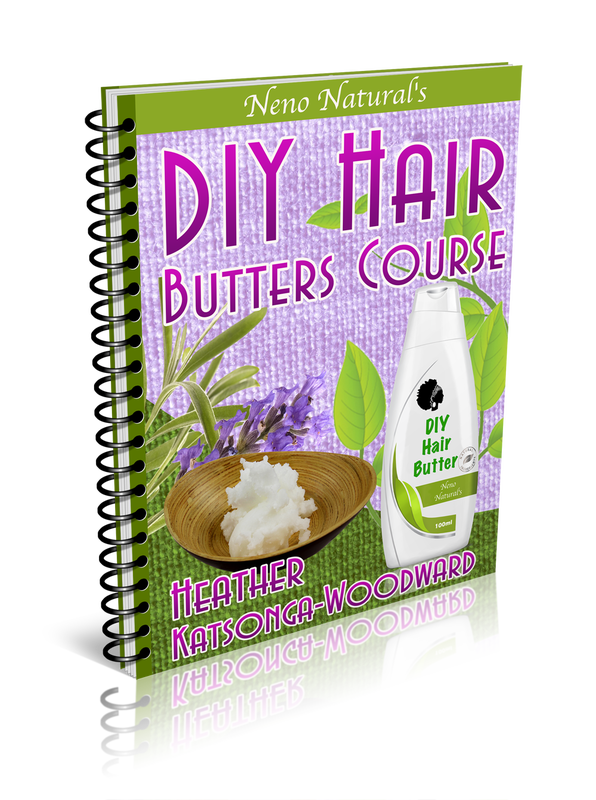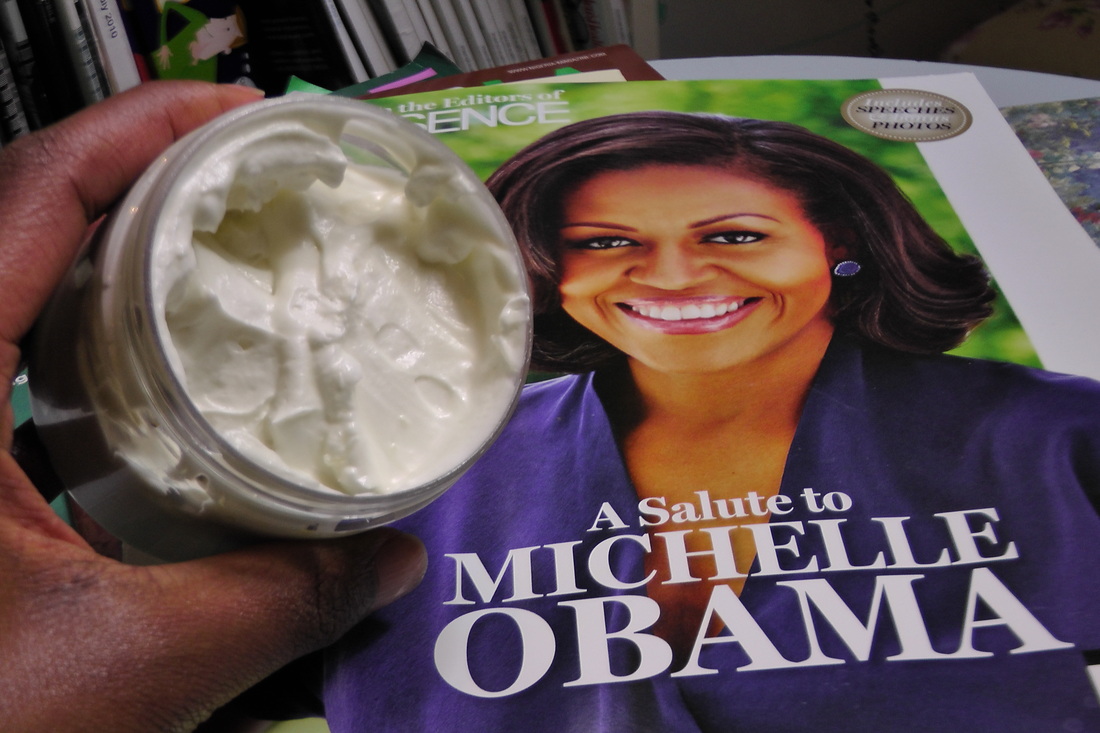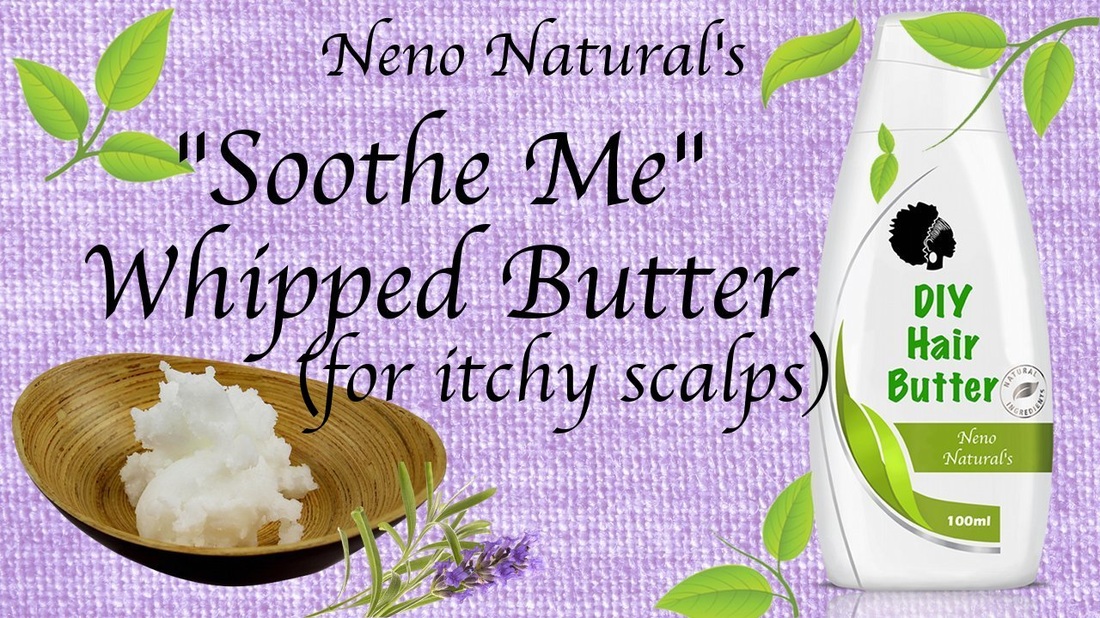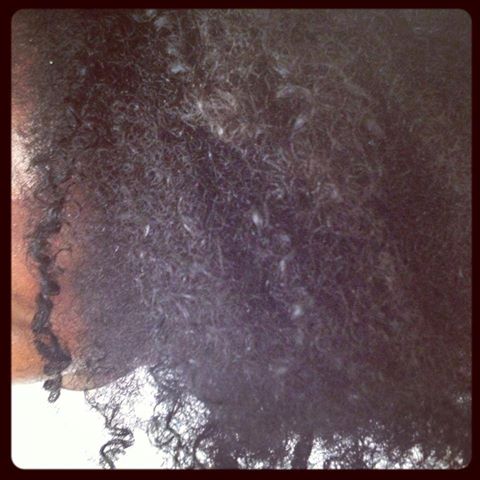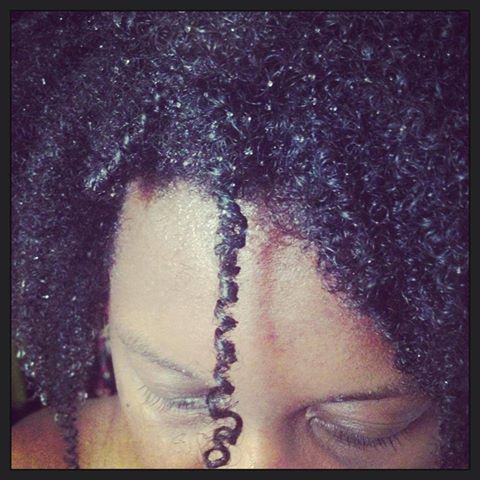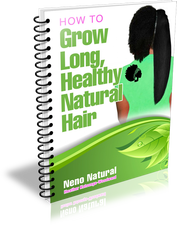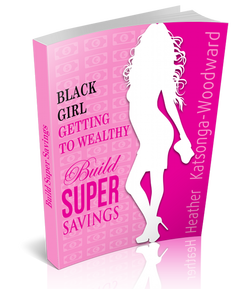|
The vegetable butters, oils and essential oils in the "Tame Me" whipped hair butter are designed to tame frizzy strands without weighing the strands down. Before application make sure you moisturize your hair first.
Method
Storage: The shelf life of this butter is about 18 to 24 months. 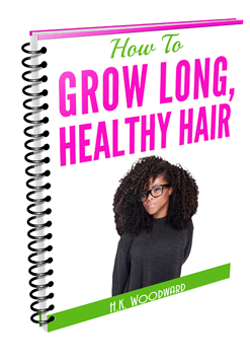
Different butters perform each of these functions to a different degree.
Avocado oil is normally liquid at room temperature. Avocado butter, the solid version, is created by a process called hydrogenation. In this process the polyunsaturated fats are exposed to hydrogen to convert them to saturated fat and make a solid product. I wrote about avocado oil in "6 Fabulous Benefits Of Avocado Oil On Natural Hair" so I won't write too much about it here. I am just adding to the information that I already provided.
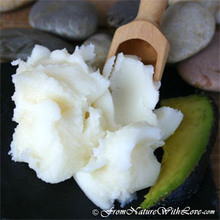
Good Substitutes For Avocado Oil
Olive oil has a very similar fatty acid structure to avocado oil. They are both high in monounsaturated fats. They are also rich in vitamin E and antioxidants. Avocado butter has a shelf life of one year and a melting point of about 37°C, i.e. body temperature. 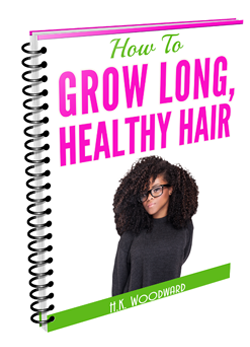
Get your FREE ebook on How To Grow Long, Healthy Natural Kinky or Curly Hair. You might also like: Ref: gardenofwisdom.com/butters, swiftcraftymonkey/avocado 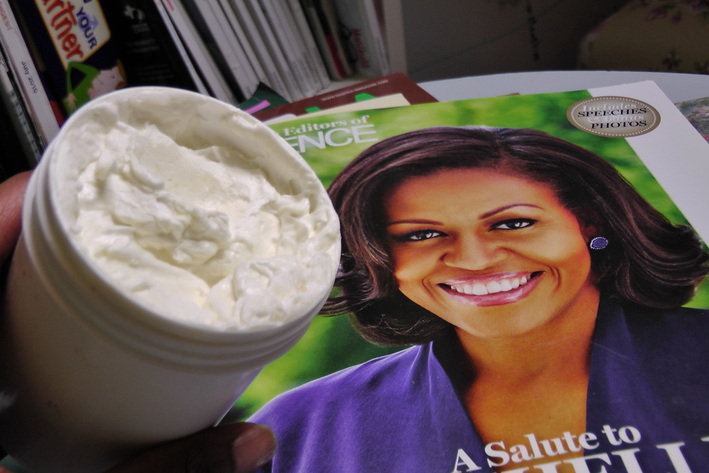
The vegetable butters, oils and essential oils in the "Adore Me" whipped hair butter are designed to seal moisture in thin strands without weighing the strands down. Before application make sure you moisturize your hair first. If you have thin hair you don't need to use too much product; apply your hair butters sparingly. Ingredients Butters (75%)
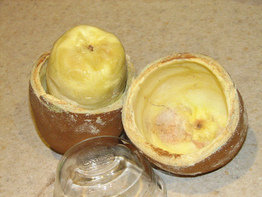 Cupuacu Butter Cupuacu Butter
Liquid Oils (24%)
Essential oils (1%)
Wax (0%): None
Method
Storage: The shelf life of this butter is about 18 to 24 months. 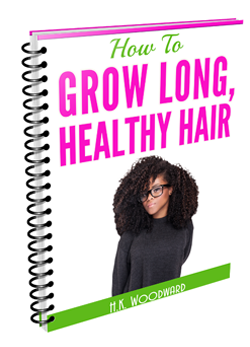
Different butters perform each of these functions to a different degree.
Good Substitutes For Cupuacu Butter Cupuacu butter is somewhat similar to cocoa butter but has less palmitic acid (a good moisture sealant). I don't think cocoa and cupuacu butter are perfect substitutes by any stretch of the imagination especially as they have very different consistencies to each other. I would say mango butter is a better substitute for cupuacu than cocoa. However, mango butter is less conditioning/softening and is drier than cupuacu. As a very nutrient rich butter cupuacu is good for weak, brittle and damaged hair (e.g. in my "Love Me" DIY Hair Recipes). It's a especially good if you are spending a lot of time in the sun as some of it's constituents provide natural protection from UV-A and UV-B rays. Both hair and skin need that protection.
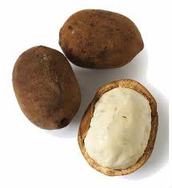
I plan on using it in some of my DIY Hair Recipes for dry hair ("Feed Me") because it is reputed to be a good softener; and in my hair retention DIY Hair recipes ("Grow Me") because it is so nutrient rich.
It has a melting point of 25 – 35°C and a shelf life of 2 years. 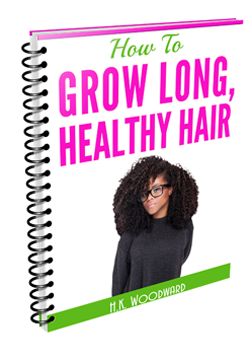
Get your FREE ebook onHow To Grow Long, Healthy Natural Kinky or Curly Hair. You might also like: Ref: gardenofwisdom/butters, fromnaturewithlove/cupuacu, lush/Cupuacu, amazonoil/cupuacu, skincare-amazonia/cupuacu, presentwoc/cupuacu
Different butters perform each of these functions to a different degree.
Good Substitutes For Murumuru Butter In terms of the benefits, murumuru butter is very similar to coconut oil but apparently, structurally, it should provide better moisturizing & conditioning to hair than coconut oil. Apparently tucuma butter - one I haven't tried yet - also has similar properties to murmuru. It has a high affinity for hair proteins and will definitely penetrate into your hair cuticle in the way coconut oil does. Being light in weight makes it a great ingredient for thin hair so I'll be using it in some of my "Adore Me" Hair Recipes. As a very conditioning oil it's also suitable for products designed for dry hair (see my "Feed Me" range of DIY Hair Recipes) and for weak, brittle or damaged hair (see my "Love Me" range of DIY Hair Recipes).
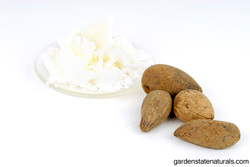
As a reminder the composition of coconut oil is 91% saturated fats, 6% monounsaturated fats and 3% polyunsaturated - so, very similar to murumuru butter.
It has a melting point of 25˚C to 37˚C and a shelf life of 1 to 2 years. 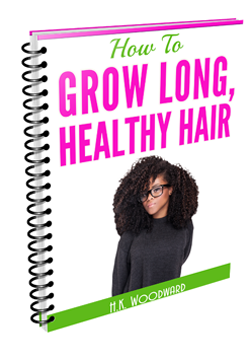
Get your FREE ebook on How To Grow Long, Healthy Natural Kinky or Curly Hair. You might also like: Ref: What Are The Differences Between Waxes And Oils / Butters? Are Waxes Okay To Use On Natural Hair?22/2/2014
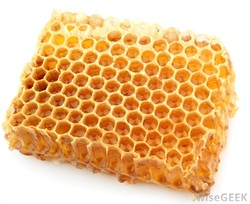
Waxes are actually very similar to butters but the slight difference in their structure makes waxs extremely water-hating (hydrophobic). Many waxes occur naturally in the environment:
Clearly then in a hair product wax can be used to seal hair better and prevent moisture loss to the environment. This is why I use a little wax in some of my DIY Hair Products especially hair butters. Note that some waxes are synthetically made and others naturally occur in the environment. Natural waxes include beeswax, jojoba wax, hemp wax etc. Waxes are derived from:
I use jojoba wax and hemp wax in my DIY Hair Butters and not beeswax because I find beeswax a little hard to work with. The beeswax I have begins to solidify so quickly that you end up having a hair butter with tiny bits of solid beeswax here and there. Not good. 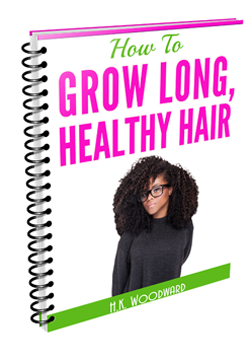
Get your FREE ebook on How To Grow Long, Healthy Natural Kinky or Curly Hair. You might also like: Ref: infoplease.com (waxes), wikipedia (wax), swiftcraftmonkey (waxes)
The vegetable butters, oils and essential oils in the "Soothe Me" whipped hair butter are designed to seal hair and also soothe / calm a dry and itchy scalp. Before application make sure you moisturize your hair first. Ingredients 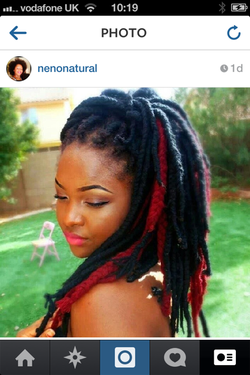
Butters (80%)
Liquid Oils (19%)
Essential oils (1%)
Wax (0%): None
Method
Storage: The shelf life of this butter is about 18 to 24 months. 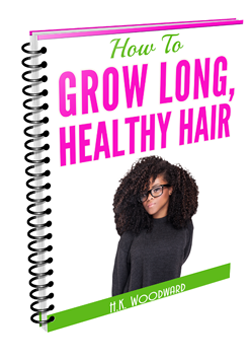
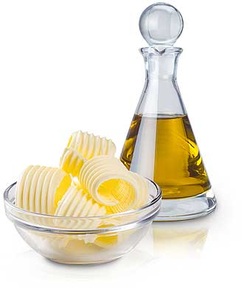
There is only one real difference between oil and butters if you're thinking about their usage for hair:
The solid state of butters and the liquid state of oils is also caused by them having different proportions of saturated vs. unsaturated fats. I get into a little more detail in Why Are Vegetable Butters Solid At Room Temperature & Oils Liquid? Besides this there is no real difference as far as your hair (and skin) is concerned. If you want to learn about their impact on the body when you eat one vs. the other then this is not the right blog! lol I use both oils and butters in my DIY Hair Recipes. Are They Both Good For Natural Hair? Yes. Whether you use one or othe other will depend on what you are trying to achieve. 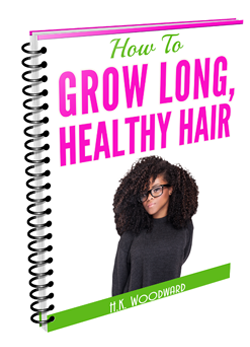
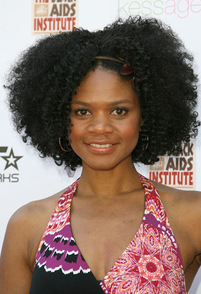
If you have thin/fine hair strands you might want to opt for hair oils and butters that are lighters and don't weigh your strands down.
For thick and normal hair any oil or butter is fine. In my "Adore Me" DIY whipped hair butter for thin hair I use two exotic butters cupuacu/kukui and murumuru as they are both very light. However, those are not the only light oils on the market. Personally, I have very dry hair (& skin) so I am not a very big fan of the less greasy oils, I like some greasiness. I HATE the smell of Macadamia, the taste, pretty much anything and everything to do with Macadamia nuts - don't know why so you will never find me using it.
Note that grapeseed oil has a very short lifespan, it can be as little as 3 months! I learnt that the hard way, I bought a huge bottle and and didn't use it for a while then when I open it it just smelt "off".
If you have shea butter just reduce its quantity in a whipped butter and add more oil to make a creamier blend which is better suited to fine strands. As for cocoa butter, it is much heavier and harder so if you have thin hair I wouldn't use more than 15% in a whipped butter and even less in other DIY products. 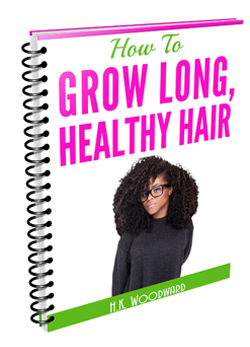
Get your FREE ebook on How To Grow Long, Healthy Natural Kinky or Curly Hair. You might also like: Ref: SwiftCraftMonkey (Grapeseed) (Oil Guide), EatByDate (How Long Does Oil Last), GardenOfWisdom (Shelf Life Of Oils) 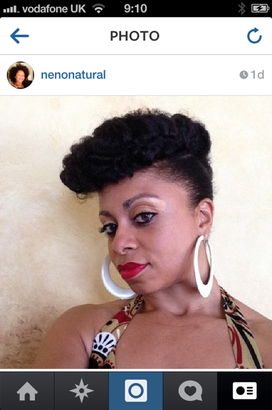
A proper hair butter does not contain any water-based products. It is designed to seal hair after the hair has been moisturized.
A moisturizer is a water-based product. A leave-in conditioner is just another name for a hair moisturizer. If you look under ingredients you will see "water" or "aqua" as the main ingredient. Water/aqua is an ingredient that you will not find in a hair butter. If a product calls itself a hair butter and you see aqua or water, it plain and simply is not a hair butter. Under both the LOC and LCO method used to moisturize black hair:
I teach how to make whipped hair butters and moisturizer in my Hair Product Academy. 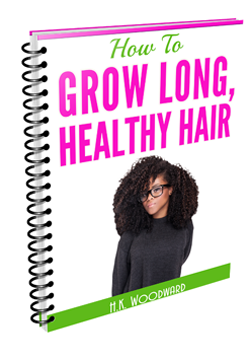
|
I now blog about wealth creation - so if you have any money questions meet me there, you can do all sorts of cool things like leave me a voicemail.
By Heather Katsonga-Woodward
I was a natural hair blogger and mixtress living between London & Chicago from 2012 to 2017. I always thought I was 4C but some say 4B; images below - you decide! Heather xx Categories
All
Archives
November 2016
|

